Increasing factory capacity and exploiting underground water reserves are the city's immediate solutions to cope with the lack of clean water in many areas.
Currently, Hanoi's clean water source is lacking from 10,000 to 20,000 m3 per day and night, causing local water shortages in many areas in Thanh Xuan, Nam Tu Liem districts and Thanh Oai, Hoai Duc districts... for more than half a month.
The Hanoi Department of Construction assessed that the local shortage of clean water in many areas will continue. In the summer of 2024, Hanoi is at risk of a shortage of about 50,000 m3 of water per day and night, concentrated in the west and southwest.
The main reason is that many clean water supply projects are behind schedule, while the city is having to reduce the exploitation of underground water resources according to the plan.

Residents of Thanh Ha Urban Area (Thanh Oai) get water from a tanker truck on the evening of October 17. Photo: Manh Luc
Currently, the designed capacity of the city's centralized clean water plants is over 1.5 million m3, with actual production in 2023 reaching nearly 1.3 million m3 per day and night.
To ensure meeting water demand in 2024, the city requires Duong River and Da River Clean Water Company to prepare solutions to operate a 20% increase in reserve capacity compared to present according to the time and technology allowed.
A representative of the Duong River Surface Water Company informed that the plant is currently producing and supplying nearly 100% of its phase 1 capacity - 300,000 m3 per day and night. Regarding the increase in capacity to compensate for the city's water shortage, the company representative said that according to the technical design standards, the plant can increase its capacity by 20,000-30,000 m3 compared to the average design capacity currently being exploited, which is 300,000 m3 per day and night. "However, the increase in capacity can only be done when licensed by the management agency and within certain periods of time to ensure the safety of the system," said the company representative.
Mr. Nguyen Xuan Quy, General Director of Song Da Clean Water Investment Joint Stock Company, said that the unit is operating the plant at the capacity of phase 1 of 300,000 m3 per day and night. "Maintaining the current capacity to ensure the safety and security of water supply for the people of the capital", Mr. Quy said, saying that in order to provide a larger water source, it is necessary to depend on phase 2 of the plant, when completed, the capacity will increase to 600,000 m3 per day and night.
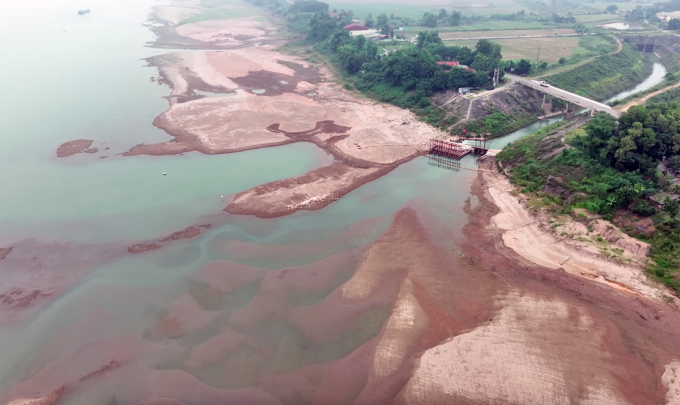
The water intake area of the Da River Surface Water Plant (Hop Thanh Commune, Ky Son District, Hoa Binh Province) is running dry, photo taken on October 24. Photo: Hoang Phong
However, the progress of phase 2 is behind schedule. The reason is that when preparing for investment, the water level of the Da River dropped too low, causing difficulties for the water source. The company installed a field pumping station in 2020 and an emergency pumping station in 2023 to be able to take raw water from the Da River into the canal leading to the production plant.
Based on the above facts, the company has researched and proposed to adjust the water intake from the Da River to about 1.5 km upstream from the old location. If the adjustment of the planning policy is approved soon, it is expected that phase 2 of the Da River surface water plant will be completed and put into use in 2025.
According to Mr. Le Van Du, Deputy Head of Technical Infrastructure Department (Hanoi Department of Construction), the Da River Surface Water Plant reported that it can increase its capacity thanks to technical measures such as reducing the loss rate in the treatment line, recovering filter washing water... When the plant completes the sludge treatment project, its capacity can be increased to 315,000-320,000 m3 per day and night.
"In design, water plants always have peak and off-peak safety factors. Companies must calculate and regulate, prioritizing water quality safety, not increasing capacity at all costs," said Mr. Du.
Another additional source of supply mentioned by the city is to put the Red River Surface Water Plant in Lien Hong Commune, Dan Phuong District into operation in the first quarter of 2024. The plant covers an area of over 20 hectares, with a capacity of 300,000 m3 per day and night. The initial plan was to put it into operation in the first quarter of 2021, but the project's progress has been adjusted twice.
In addition, the city also allows the exploitation of groundwater resources that were expected to decrease according to previous planning to meet increased demand.
Mr. Le Van Du said that the planning orientation of underground water plants will gradually reduce the capacity when the surface water plants meet the needs of the people. When not in use, the underground water source will be closed and used as a backup source in case of emergency.
Currently, the underground water source managed by the Hanoi Clean Water Company has reduced the exploitation of underground water by about 200,000 m3 per day and night. However, to meet the immediate demand when the second phase of the Da River Surface Water Plant has not been completed, the company will use that reserve source to make up for the shortage.
For downstream areas or areas with high ground levels that make water supply difficult, the city directs units to develop detailed water supply plans for each area, such as adding mobile booster pumps and operating water supply valves by the hour.
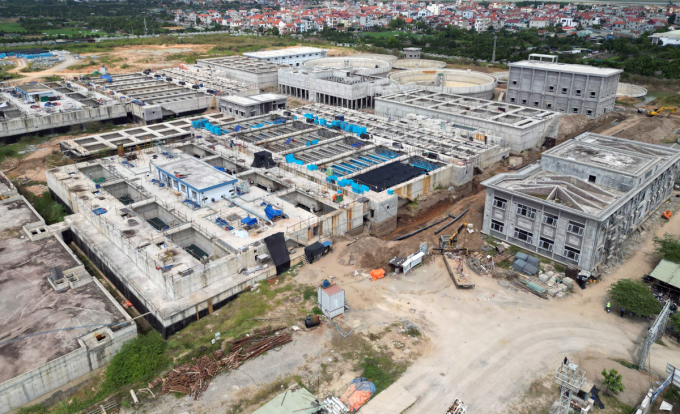
The Red River Surface Water Plant has been behind schedule for nearly three years. Photo: Hoang Phong
To ensure supply for the following years, the Department of Construction said it will urge water supply projects according to the planning such as: Da River Surface Water Plant Phase 2; increasing the capacity of Bac Thang Long Plant; researching and constructing Phase 2 of Duong River Water Plant... When the projects are completed, the shortage of clean water in the whole city will be overcome.
Currently, Hanoi's total water supply capacity is 1,530,000 m3 per day and night. Of which, groundwater is 770,000 m3, surface water is 750,000 m3. The rural water supply network has a designed capacity of each station from 300 - 1,000 m3 per day and night.
Hanoi's population by the end of 2022 is 8.4 million, of which urban areas are over 4.1 million (over 49%), rural areas are nearly 4.3 million (nearly 51%). Water demand in the inner city is 100-150 liters/day/person, rural areas are 50-70 liters. Satisfaction rate: 100% in urban areas and 85% in rural areas.
The city aims to have 100% of its population (urban, satellite and rural) using clean water by 2025. Of which, urban residents will use 125-160 liters of water, satellite urban residents will use 100-125 liters of water and rural residents will use 105-110 liters of water/person/day.
Vo Hai
Source link



![[Photo] Visiting Cu Chi Tunnels - a heroic underground feat](https://vstatic.vietnam.vn/vietnam/resource/IMAGE/2025/4/8/06cb489403514b878768dd7262daba0b)




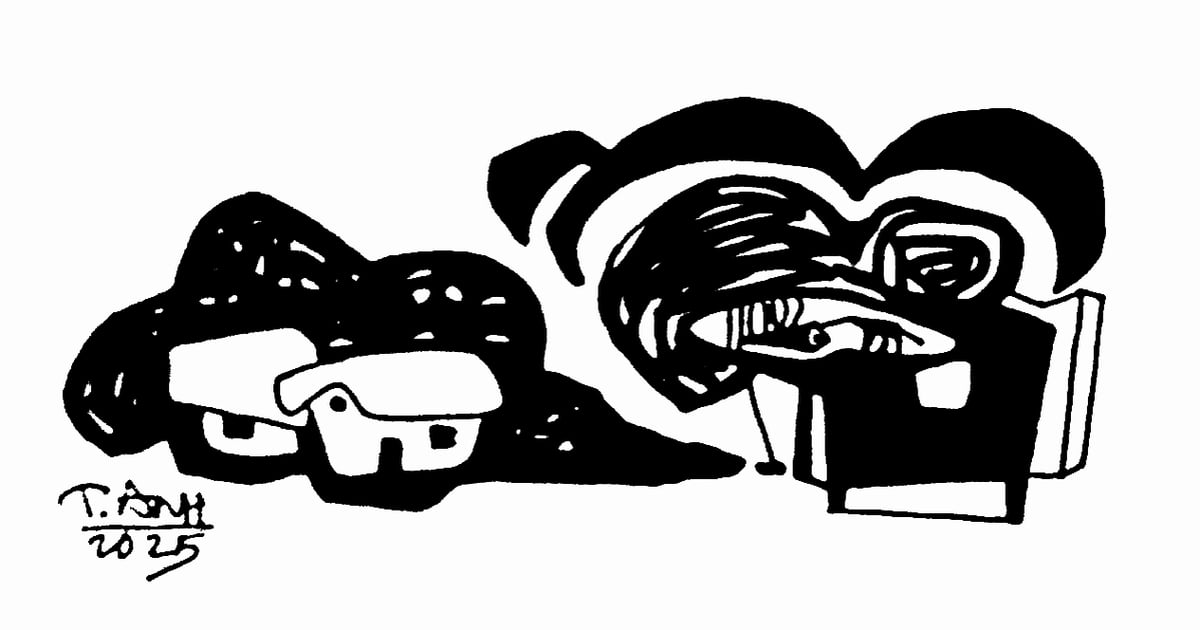


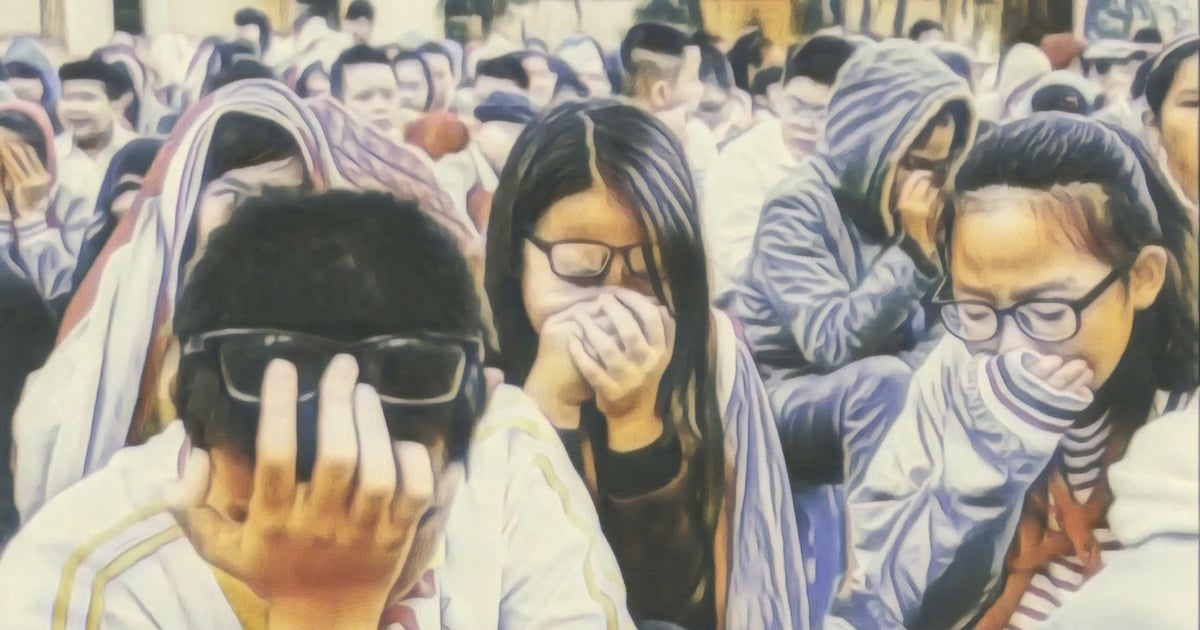
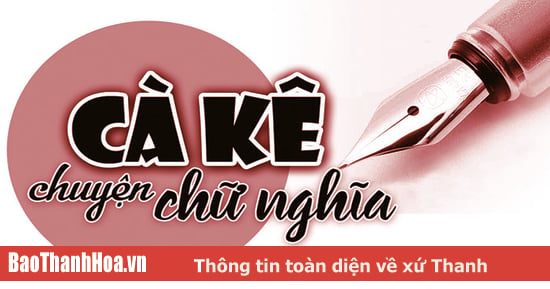

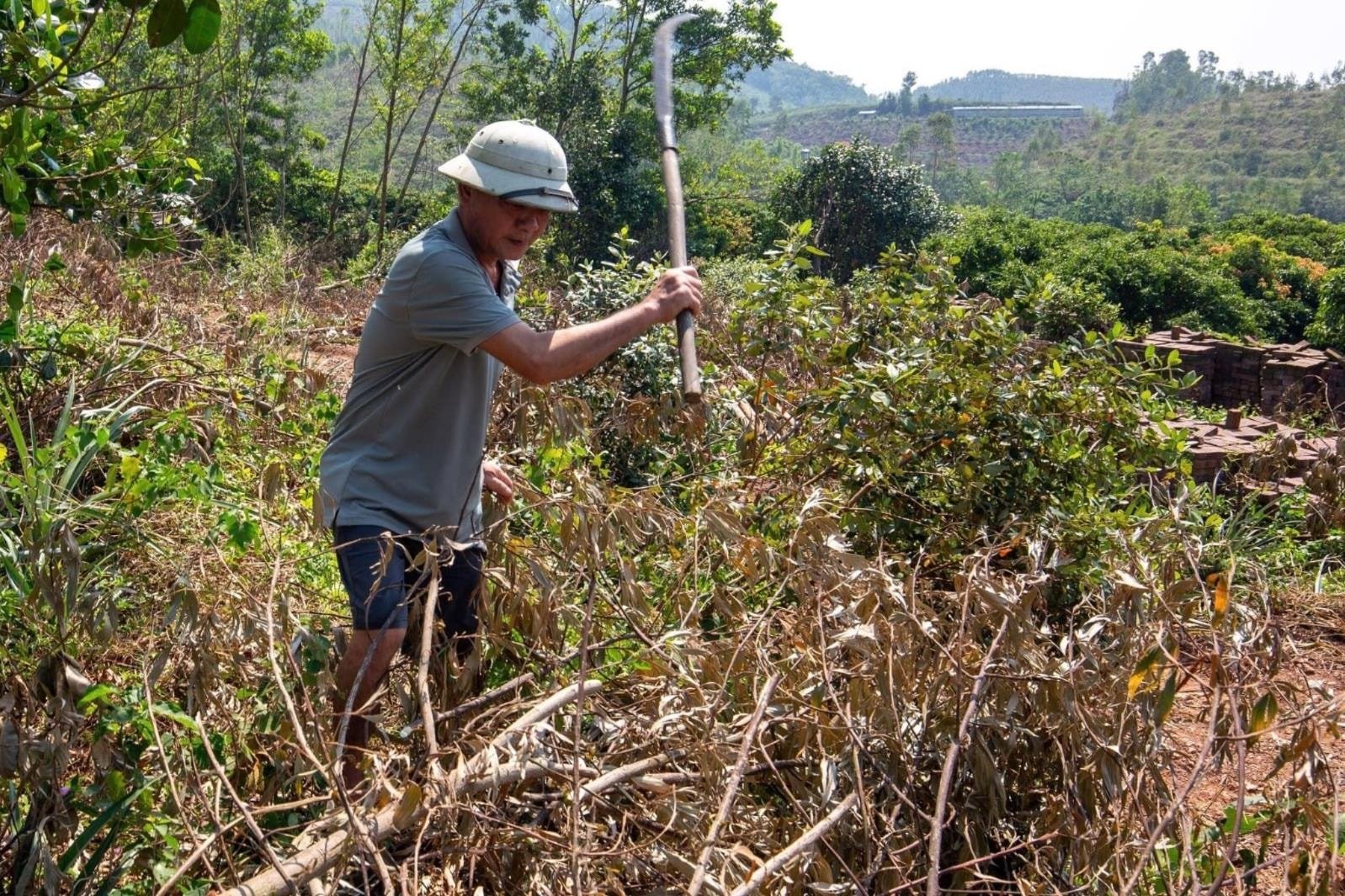
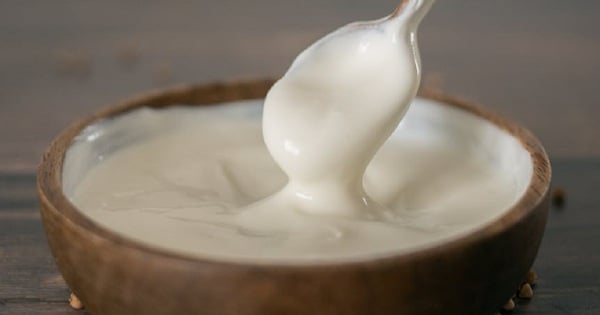
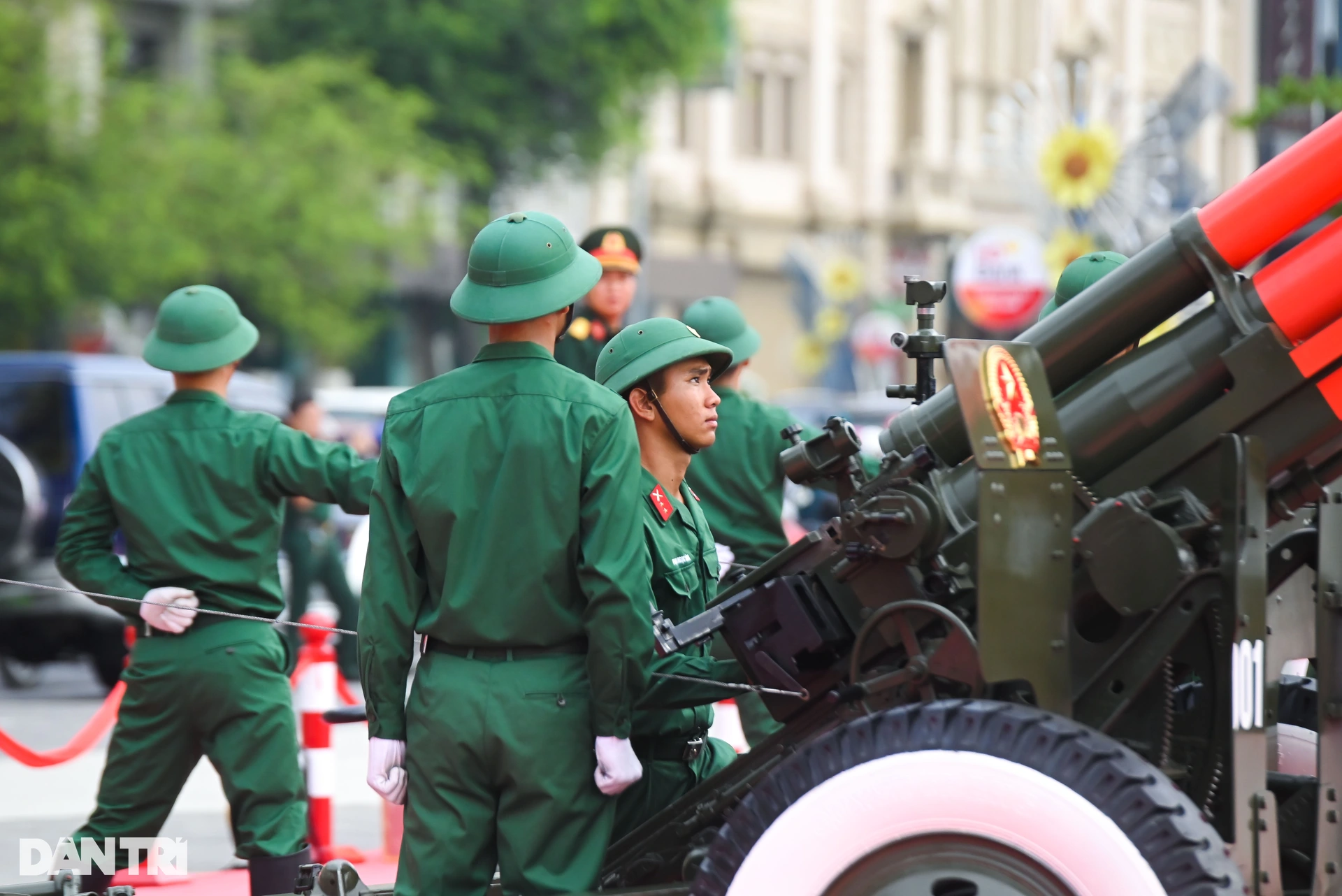


![[Infographic] Cu Chi Tunnels - Underground Village](https://vstatic.vietnam.vn/vietnam/resource/IMAGE/2025/4/8/d69d9caa3f89479c809867b18bacfefb)

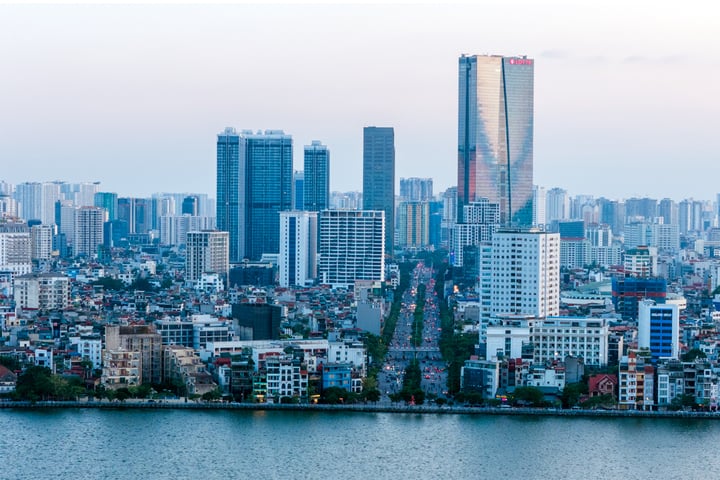

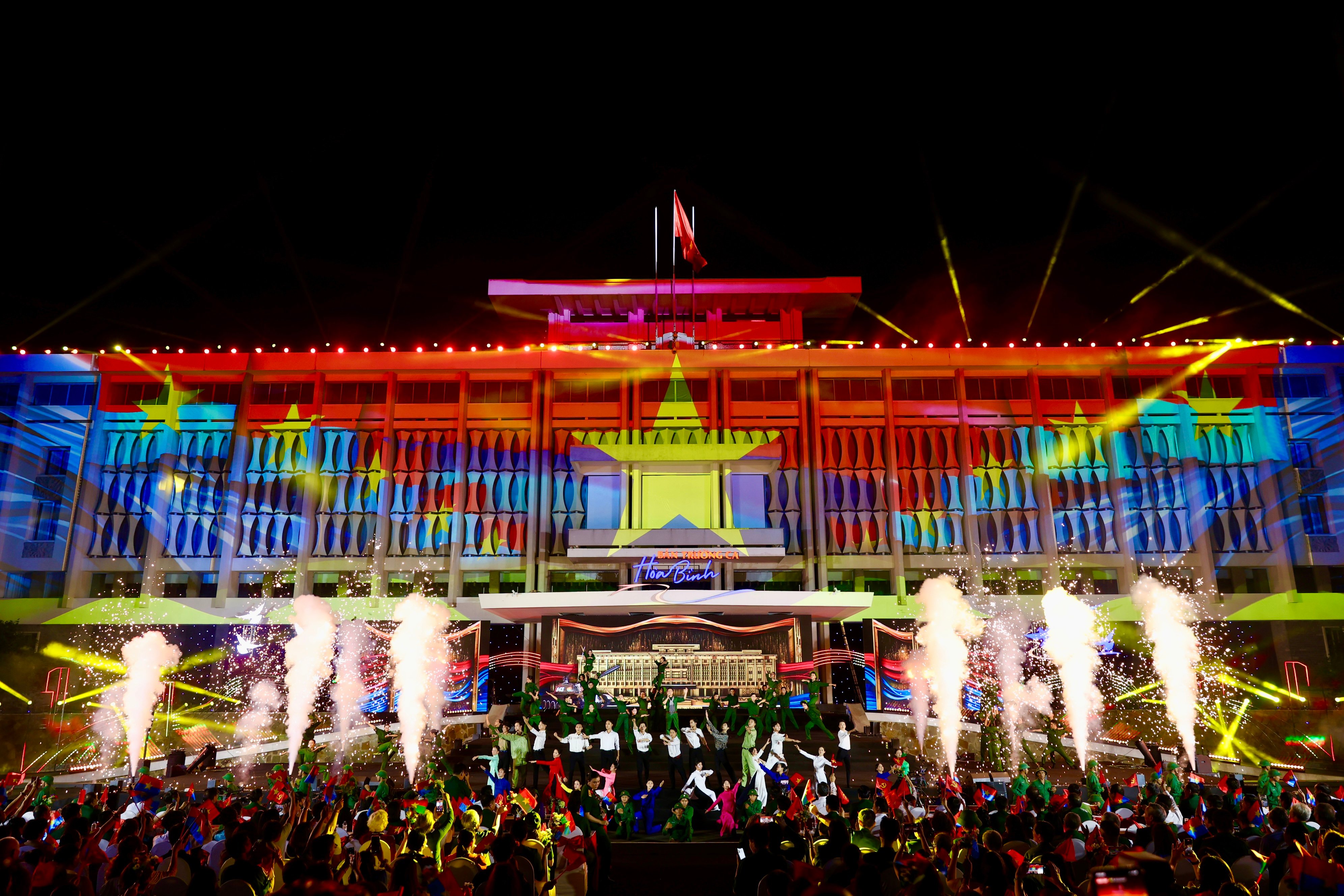










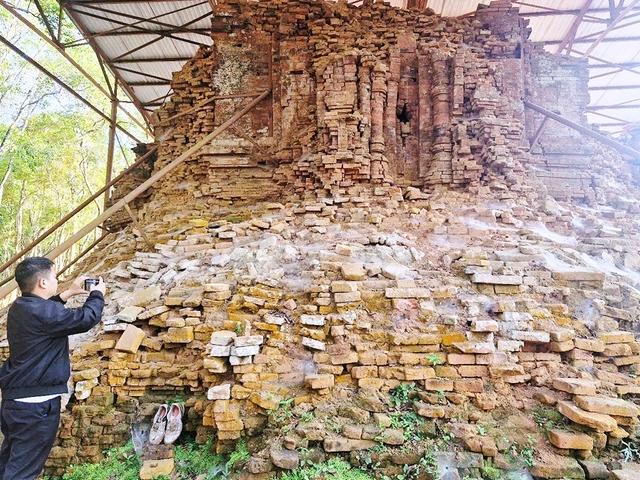


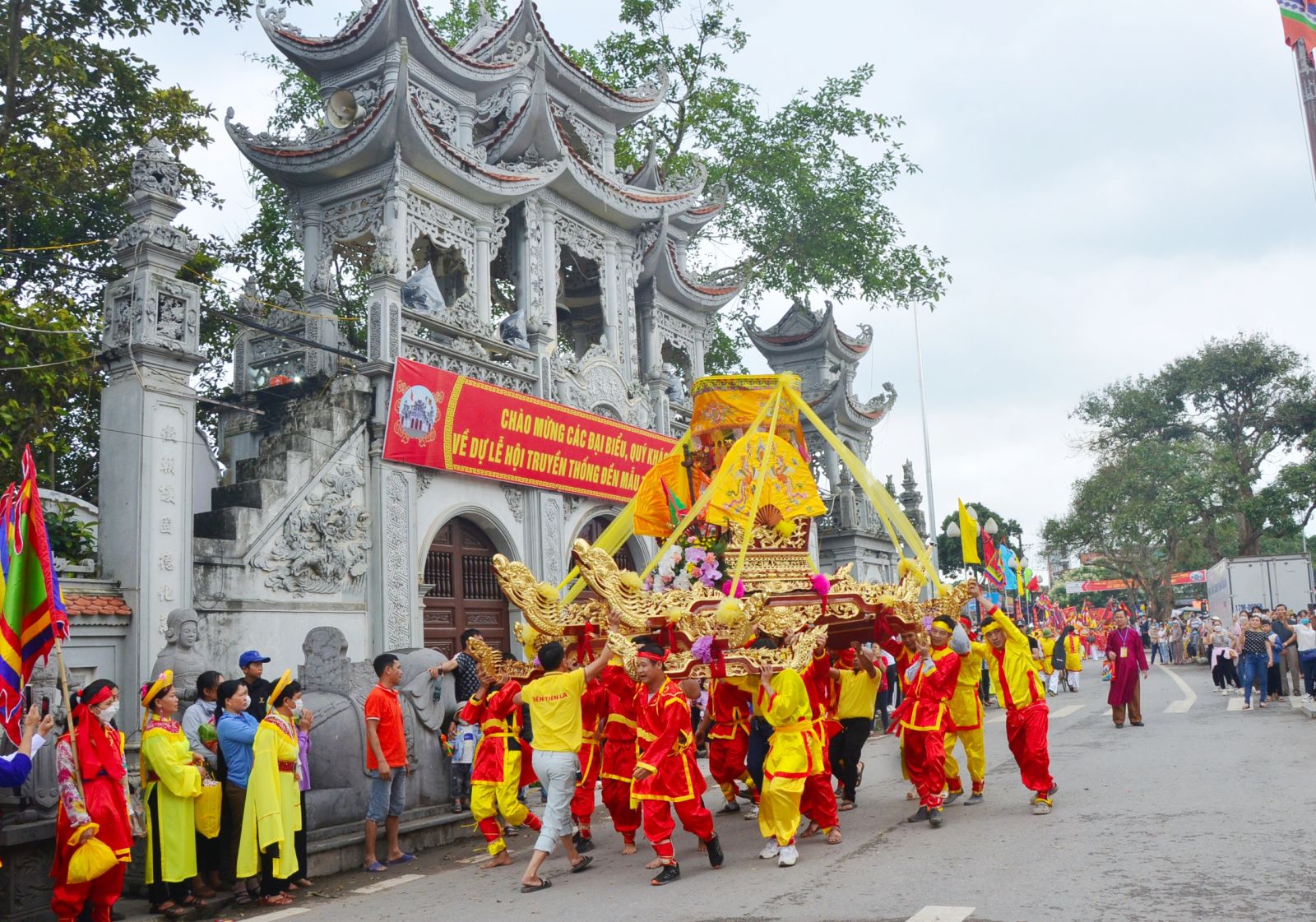














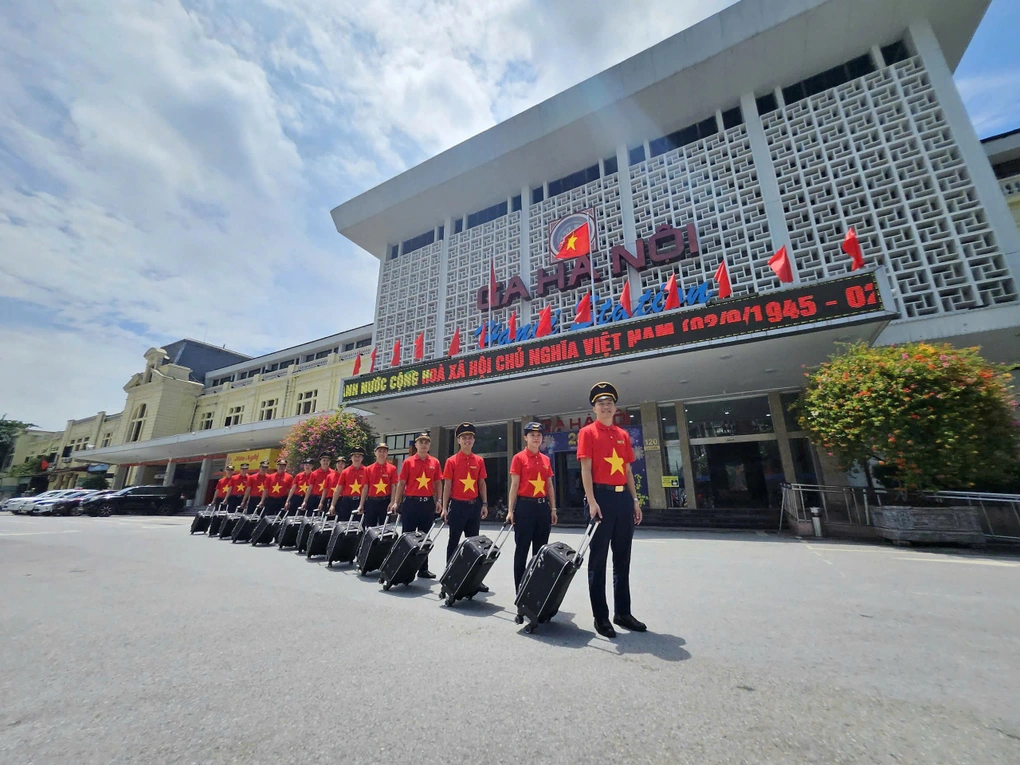




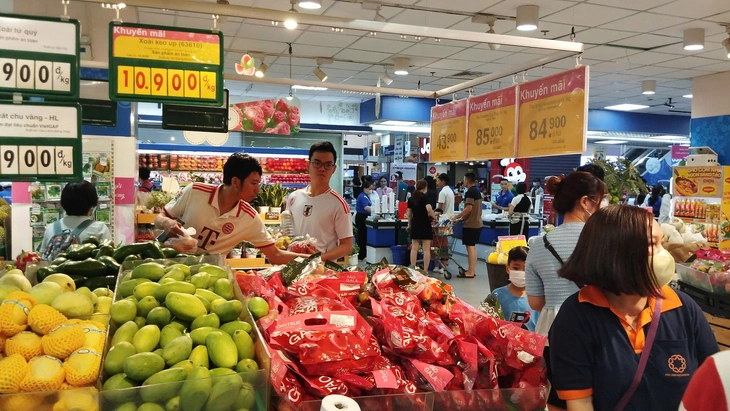




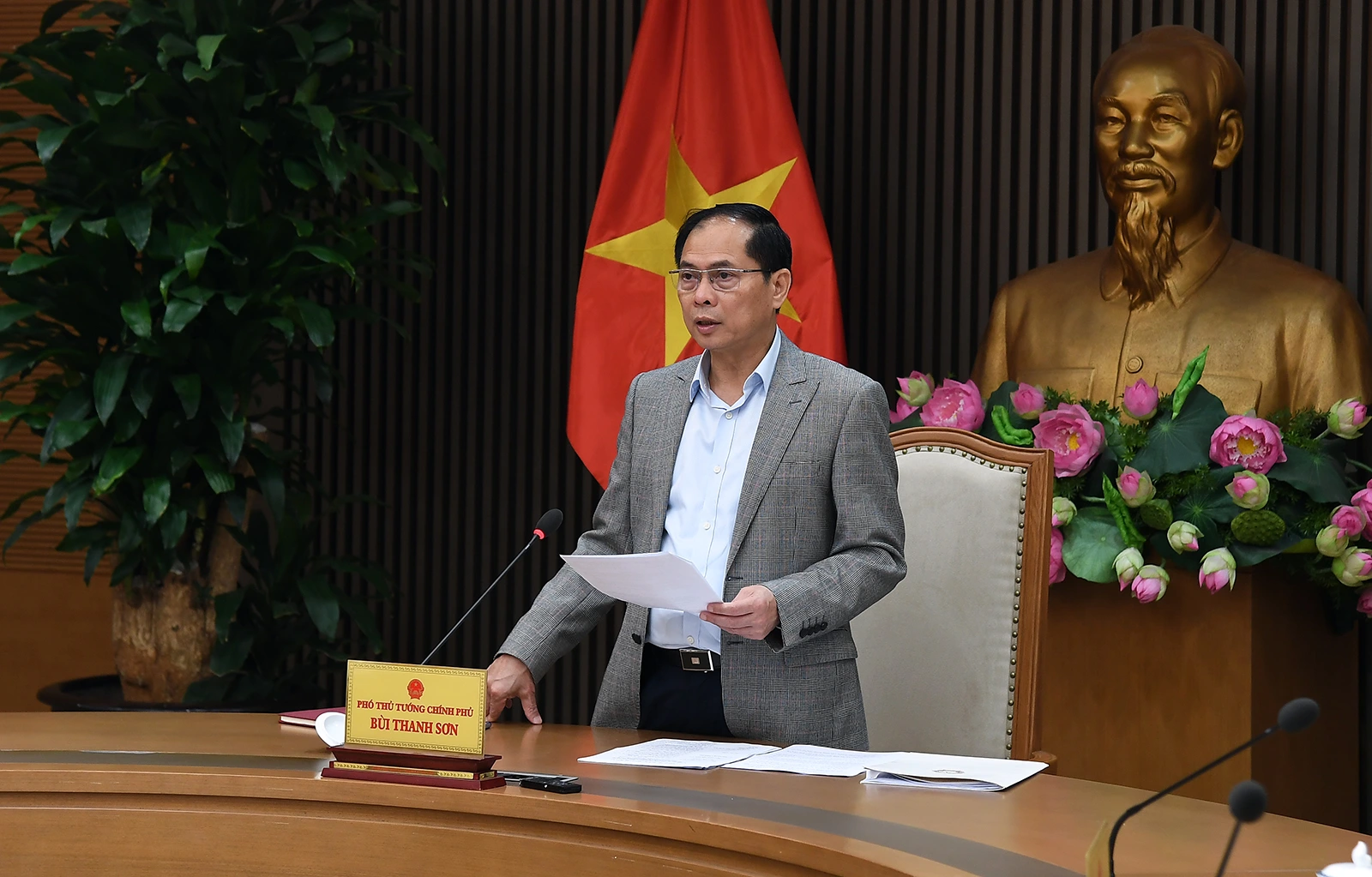










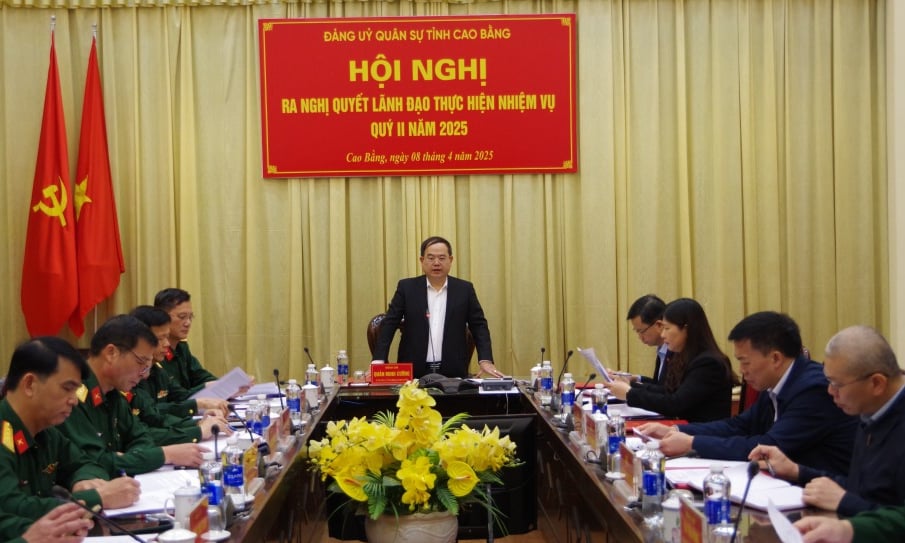

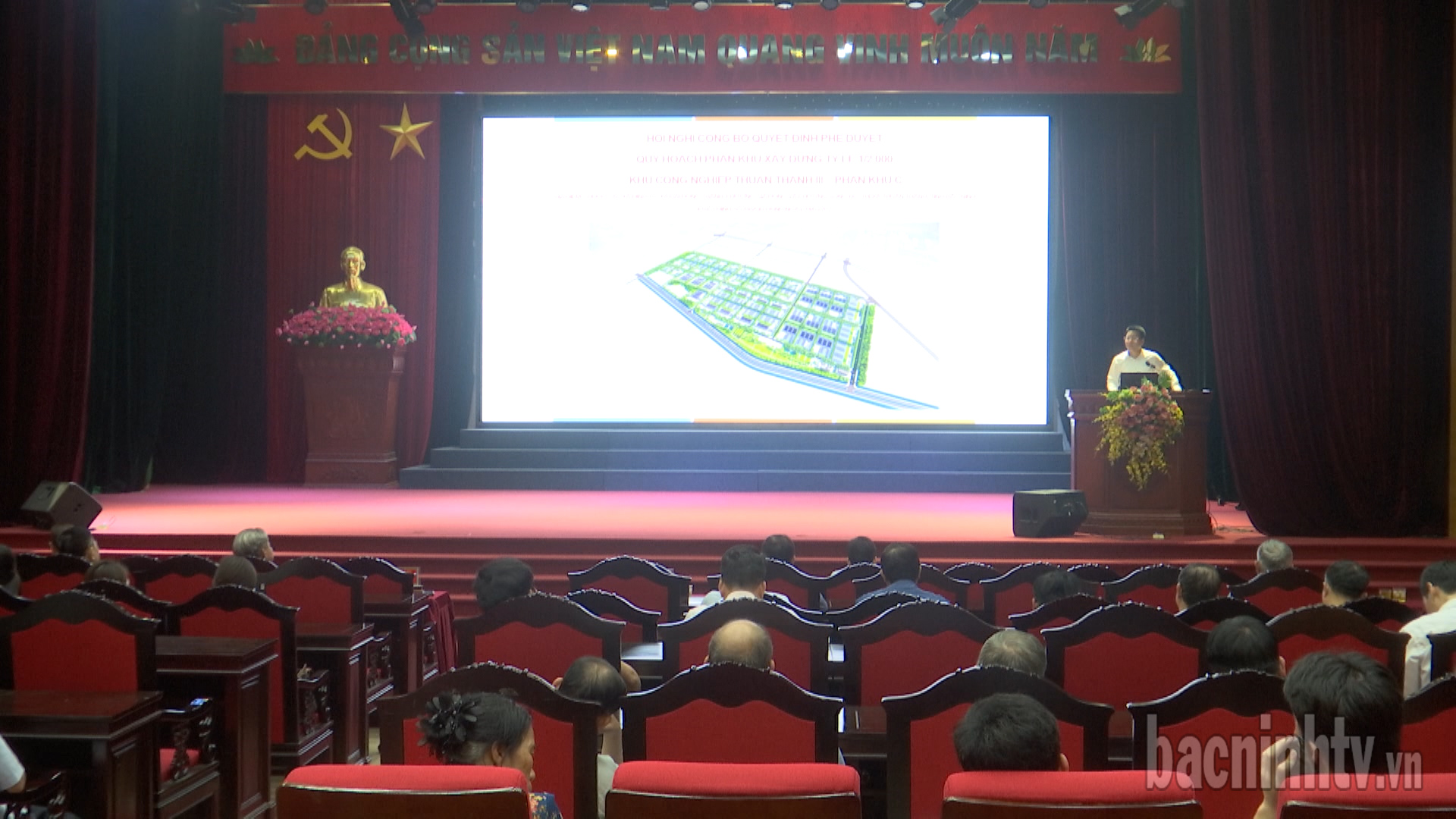
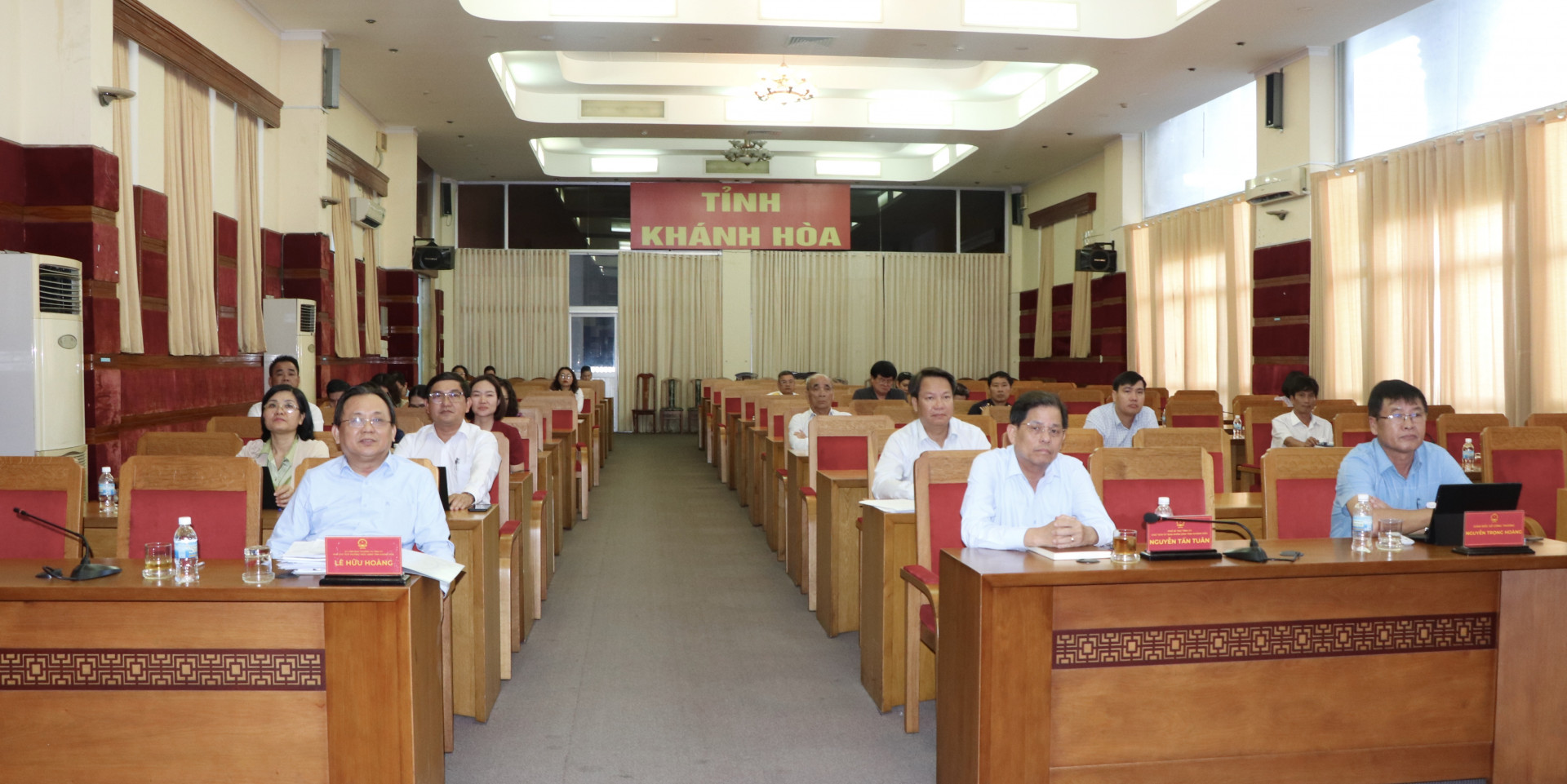
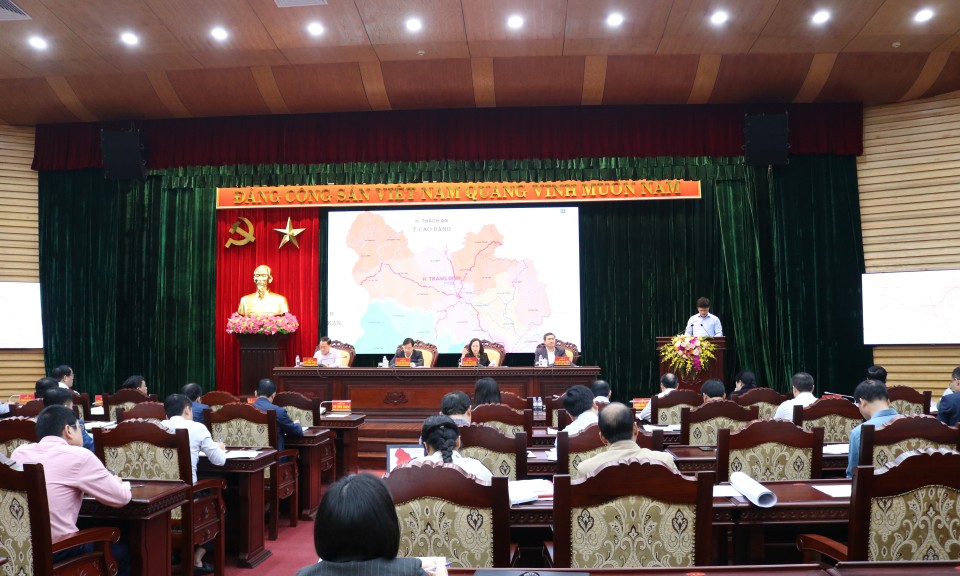






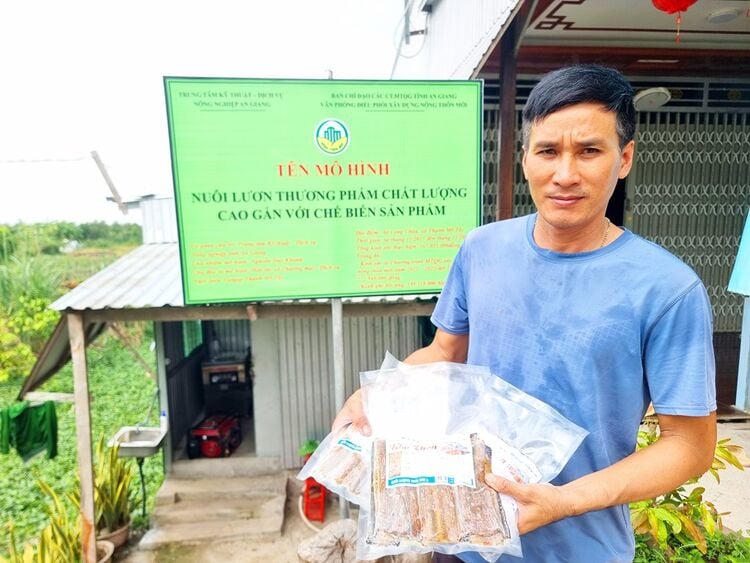
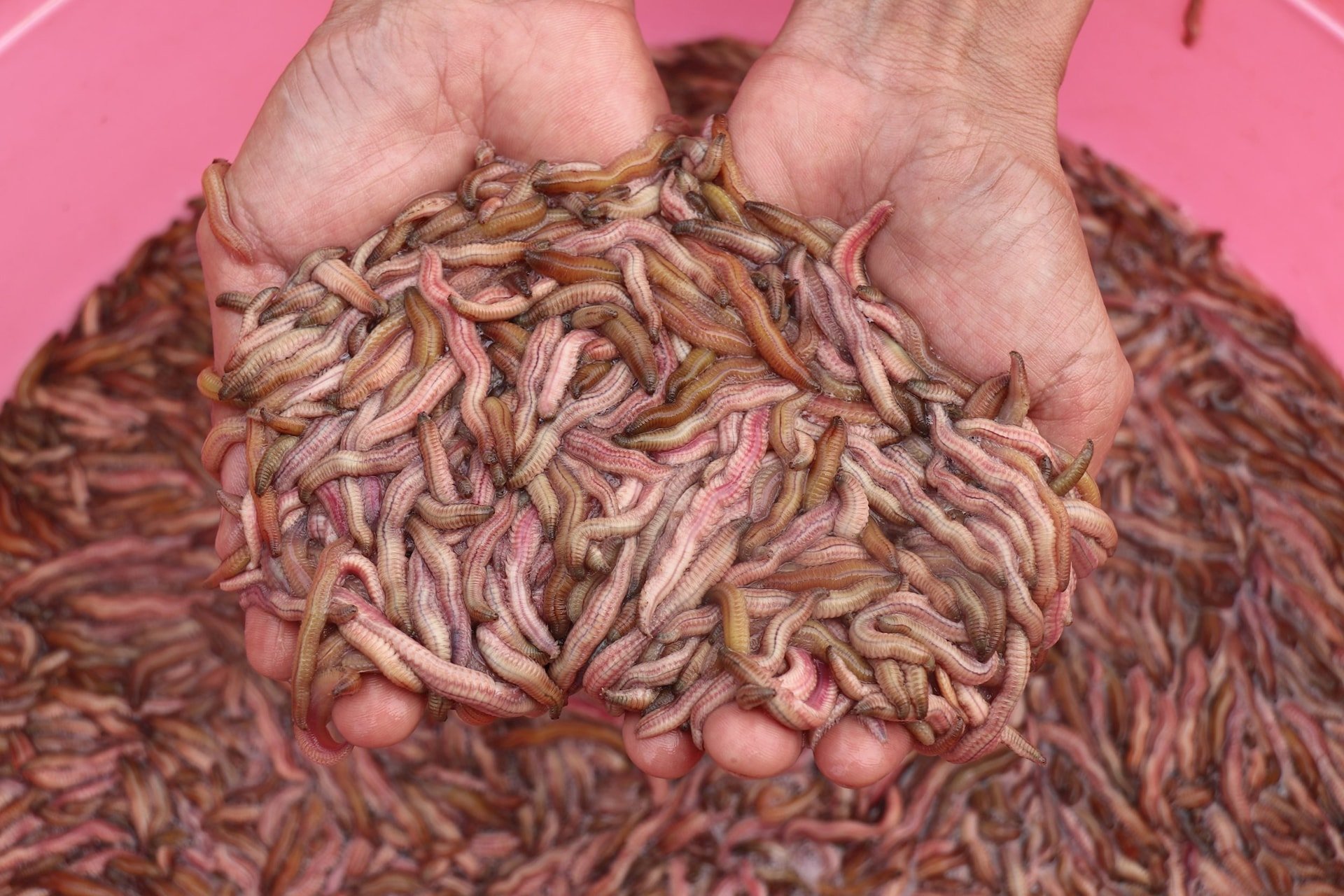
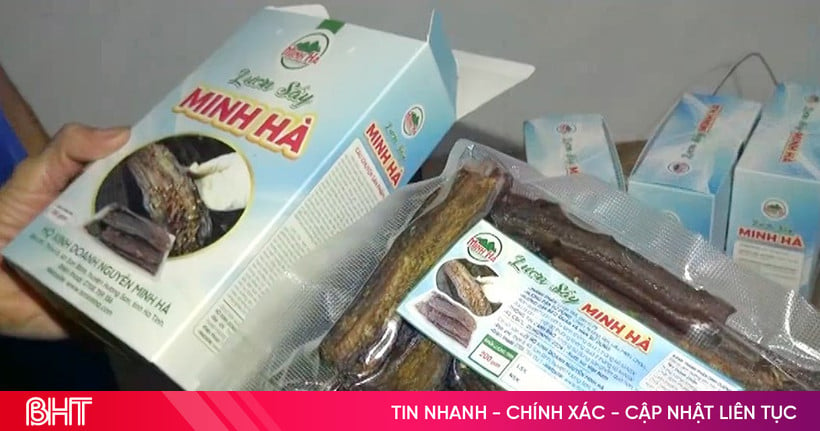

Comment (0)